HSBC 2011 Annual Report Download - page 213
Download and view the complete annual report
Please find page 213 of the 2011 HSBC annual report below. You can navigate through the pages in the report by either clicking on the pages listed below, or by using the keyword search tool below to find specific information within the annual report.-
 1
1 -
 2
2 -
 3
3 -
 4
4 -
 5
5 -
 6
6 -
 7
7 -
 8
8 -
 9
9 -
 10
10 -
 11
11 -
 12
12 -
 13
13 -
 14
14 -
 15
15 -
 16
16 -
 17
17 -
 18
18 -
 19
19 -
 20
20 -
 21
21 -
 22
22 -
 23
23 -
 24
24 -
 25
25 -
 26
26 -
 27
27 -
 28
28 -
 29
29 -
 30
30 -
 31
31 -
 32
32 -
 33
33 -
 34
34 -
 35
35 -
 36
36 -
 37
37 -
 38
38 -
 39
39 -
 40
40 -
 41
41 -
 42
42 -
 43
43 -
 44
44 -
 45
45 -
 46
46 -
 47
47 -
 48
48 -
 49
49 -
 50
50 -
 51
51 -
 52
52 -
 53
53 -
 54
54 -
 55
55 -
 56
56 -
 57
57 -
 58
58 -
 59
59 -
 60
60 -
 61
61 -
 62
62 -
 63
63 -
 64
64 -
 65
65 -
 66
66 -
 67
67 -
 68
68 -
 69
69 -
 70
70 -
 71
71 -
 72
72 -
 73
73 -
 74
74 -
 75
75 -
 76
76 -
 77
77 -
 78
78 -
 79
79 -
 80
80 -
 81
81 -
 82
82 -
 83
83 -
 84
84 -
 85
85 -
 86
86 -
 87
87 -
 88
88 -
 89
89 -
 90
90 -
 91
91 -
 92
92 -
 93
93 -
 94
94 -
 95
95 -
 96
96 -
 97
97 -
 98
98 -
 99
99 -
 100
100 -
 101
101 -
 102
102 -
 103
103 -
 104
104 -
 105
105 -
 106
106 -
 107
107 -
 108
108 -
 109
109 -
 110
110 -
 111
111 -
 112
112 -
 113
113 -
 114
114 -
 115
115 -
 116
116 -
 117
117 -
 118
118 -
 119
119 -
 120
120 -
 121
121 -
 122
122 -
 123
123 -
 124
124 -
 125
125 -
 126
126 -
 127
127 -
 128
128 -
 129
129 -
 130
130 -
 131
131 -
 132
132 -
 133
133 -
 134
134 -
 135
135 -
 136
136 -
 137
137 -
 138
138 -
 139
139 -
 140
140 -
 141
141 -
 142
142 -
 143
143 -
 144
144 -
 145
145 -
 146
146 -
 147
147 -
 148
148 -
 149
149 -
 150
150 -
 151
151 -
 152
152 -
 153
153 -
 154
154 -
 155
155 -
 156
156 -
 157
157 -
 158
158 -
 159
159 -
 160
160 -
 161
161 -
 162
162 -
 163
163 -
 164
164 -
 165
165 -
 166
166 -
 167
167 -
 168
168 -
 169
169 -
 170
170 -
 171
171 -
 172
172 -
 173
173 -
 174
174 -
 175
175 -
 176
176 -
 177
177 -
 178
178 -
 179
179 -
 180
180 -
 181
181 -
 182
182 -
 183
183 -
 184
184 -
 185
185 -
 186
186 -
 187
187 -
 188
188 -
 189
189 -
 190
190 -
 191
191 -
 192
192 -
 193
193 -
 194
194 -
 195
195 -
 196
196 -
 197
197 -
 198
198 -
 199
199 -
 200
200 -
 201
201 -
 202
202 -
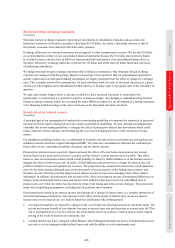 203
203 -
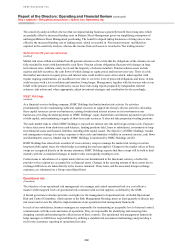 204
204 -
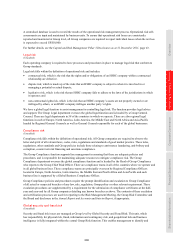 205
205 -
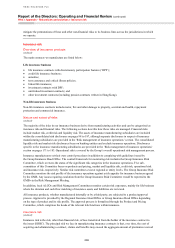 206
206 -
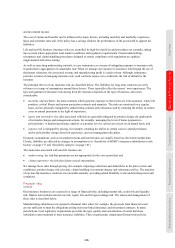 207
207 -
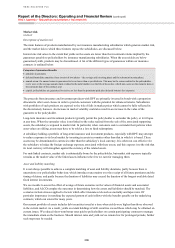 208
208 -
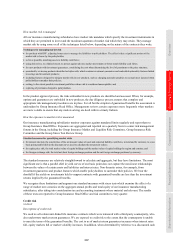 209
209 -
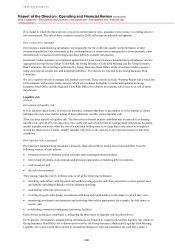 210
210 -
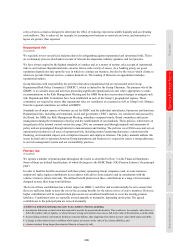 211
211 -
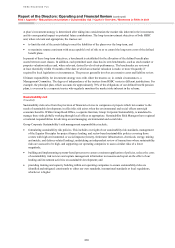 212
212 -
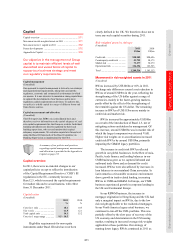 213
213 -
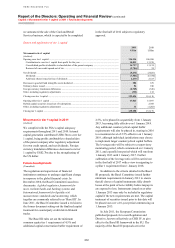 214
214 -
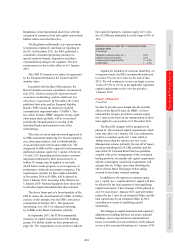 215
215 -
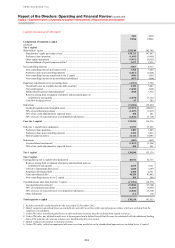 216
216 -
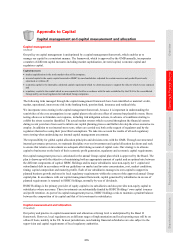 217
217 -
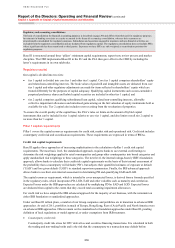 218
218 -
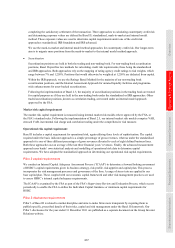 219
219 -
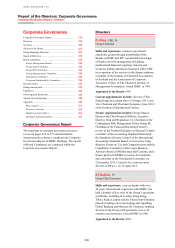 220
220 -
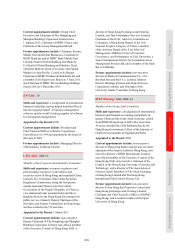 221
221 -
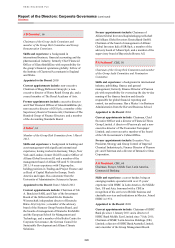 222
222 -
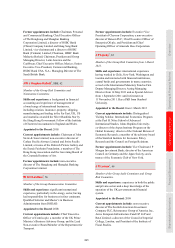 223
223 -
 224
224 -
 225
225 -
 226
226 -
 227
227 -
 228
228 -
 229
229 -
 230
230 -
 231
231 -
 232
232 -
 233
233 -
 234
234 -
 235
235 -
 236
236 -
 237
237 -
 238
238 -
 239
239 -
 240
240 -
 241
241 -
 242
242 -
 243
243 -
 244
244 -
 245
245 -
 246
246 -
 247
247 -
 248
248 -
 249
249 -
 250
250 -
 251
251 -
 252
252 -
 253
253 -
 254
254 -
 255
255 -
 256
256 -
 257
257 -
 258
258 -
 259
259 -
 260
260 -
 261
261 -
 262
262 -
 263
263 -
 264
264 -
 265
265 -
 266
266 -
 267
267 -
 268
268 -
 269
269 -
 270
270 -
 271
271 -
 272
272 -
 273
273 -
 274
274 -
 275
275 -
 276
276 -
 277
277 -
 278
278 -
 279
279 -
 280
280 -
 281
281 -
 282
282 -
 283
283 -
 284
284 -
 285
285 -
 286
286 -
 287
287 -
 288
288 -
 289
289 -
 290
290 -
 291
291 -
 292
292 -
 293
293 -
 294
294 -
 295
295 -
 296
296 -
 297
297 -
 298
298 -
 299
299 -
 300
300 -
 301
301 -
 302
302 -
 303
303 -
 304
304 -
 305
305 -
 306
306 -
 307
307 -
 308
308 -
 309
309 -
 310
310 -
 311
311 -
 312
312 -
 313
313 -
 314
314 -
 315
315 -
 316
316 -
 317
317 -
 318
318 -
 319
319 -
 320
320 -
 321
321 -
 322
322 -
 323
323 -
 324
324 -
 325
325 -
 326
326 -
 327
327 -
 328
328 -
 329
329 -
 330
330 -
 331
331 -
 332
332 -
 333
333 -
 334
334 -
 335
335 -
 336
336 -
 337
337 -
 338
338 -
 339
339 -
 340
340 -
 341
341 -
 342
342 -
 343
343 -
 344
344 -
 345
345 -
 346
346 -
 347
347 -
 348
348 -
 349
349 -
 350
350 -
 351
351 -
 352
352 -
 353
353 -
 354
354 -
 355
355 -
 356
356 -
 357
357 -
 358
358 -
 359
359 -
 360
360 -
 361
361 -
 362
362 -
 363
363 -
 364
364 -
 365
365 -
 366
366 -
 367
367 -
 368
368 -
 369
369 -
 370
370 -
 371
371 -
 372
372 -
 373
373 -
 374
374 -
 375
375 -
 376
376 -
 377
377 -
 378
378 -
 379
379 -
 380
380 -
 381
381 -
 382
382 -
 383
383 -
 384
384 -
 385
385 -
 386
386 -
 387
387 -
 388
388 -
 389
389 -
 390
390 -
 391
391 -
 392
392 -
 393
393 -
 394
394 -
 395
395 -
 396
396 -
 397
397 -
 398
398 -
 399
399 -
 400
400 -
 401
401 -
 402
402 -
 403
403 -
 404
404 -
 405
405 -
 406
406 -
 407
407 -
 408
408 -
 409
409 -
 410
410 -
 411
411 -
 412
412 -
 413
413 -
 414
414 -
 415
415 -
 416
416 -
 417
417 -
 418
418 -
 419
419 -
 420
420 -
 421
421 -
 422
422 -
 423
423 -
 424
424 -
 425
425 -
 426
426 -
 427
427 -
 428
428 -
 429
429 -
 430
430 -
 431
431 -
 432
432 -
 433
433 -
 434
434 -
 435
435 -
 436
436 -
 437
437 -
 438
438 -
 439
439 -
 440
440
 |
 |

211
Overview Operating & Financial Review Corporate Governance Financial Statements Shareholder Information
Capital
Capital overview ................................................................ 211
Movement in risk-weighted assets in 2011 ....................... 211
Movement in tier 1 capital in 2011 ................................... 212
Future developments ......................................................... 212
Appendix to Capital ........................................................... 215
Our objective in the management of Group
capital is to maintain efficient levels of well
diversified and varied forms of capital to
support our business strategy and meet
our regulatory requirements.
Capital management
(Unaudited)
Our approach to capital management is driven by our strategic
and organisational requirements, taking into account the
regulatory, economic and commercial environment in which
we operate. It is our objective to maintain a strong capital base
to support the development of our business and to meet
regulatory capital requirements at all times. To achieve this,
our policy is to hold capital in a range of different forms and
from diverse sources.
Capital measurement and allocation
(Unaudited)
The FSA supervises HSBC on a consolidated basis and
therefore receives information on the capital adequacy of, and
sets capital requirements for, the Group as a whole. Individual
banking subsidiaries are directly regulated by their local
banking supervisors, who set and monitor their capital
adequacy requirements. We calculate capital at a Group level
using the Basel II framework of the Basel Committee on
Banking Supervision as implemented by the FSA.
A summary of our policies and practices
regarding capital management, measurement
and allocation is provided in the Appendix to
Capital on page 215.
Capital overview
In 2011, there were no material changes to our
capital policies except to reflect the introduction
of the Capital Requirement Directive (‘CRD’) III
regulations in the EU, commonly known as
Basel 2.5, which increased the capital requirements
for market risk and re-securitisations, with effect
from 31 December 2011.
Capital ratios
(Unaudited)
2011 2010
% %
Core tier 1 ratio .......................... 10.1 10.5
Tier 1 ratio ................................. 11.5 12.1
Total capital ratio ....................... 14.1 15.2
Core tier 1 target range .............. 9.5 – 10.5
Eligibility requirements for non-equity
instruments under Basel III rules have not been
clearly defined in the UK. We therefore chose not to
issue any such capital securities during 2011.
Risk-weighted assets by risk type
(Unaudited)
2011 2010
US$m US$m
Credit risk ................................. 958,189 890,696
Counterparty credit risk ............ 53,792 50,175
Market risk ................................ 73,177 38,679
Operational risk ........................ 124,356 123,563
Total .......................................... 1,209,514 1,103,113
Movement in risk-weighted assets in 2011
(Unaudited)
RWAs increased by US$106bn or 10% in 2011.
Exchange rate differences caused a net reduction in
RWAs of around US$9bn in the year, reflecting the
strengthening of the US dollar against a range of
currencies, mainly in the faster-growing markets,
partly offset by the effect of the strengthening of
the renminbi against the US dollar. The remaining
increase in RWAs of US$115bn arose mainly in
credit risk and market risk.
RWAs increased by approximately US$50bn
as a result of the introduction of Basel 2.5, net of
mitigating actions undertaken by management. Of
this increase, around US$40bn was in market risk of
which the largest component was stressed VAR.
Higher risk weights on re-securitisations increased
credit risk RWAs by around US$10bn, primarily
impacting the GB&M legacy portfolios.
The increase in credit risk RWAs reflected
growth in our global businesses. In the Rest of Asia-
Pacific, trade finance and lending balances in our
CMB business grew as we captured inbound and
outbound trade flows and as demand for credit
increased. RWAs were also affected by increases in
loan balances in our mainland China associates. In
Latin America a favourable economic environment
drove growth in trade-related lending, increasing
RWAs in CMB and GB&M. In Europe, our CMB
business experienced growth in corporate lending in
the UK and Continental Europe.
In our RBWM business, the increase in
mortgage origination in Hong Kong and the UK had
only a marginal impact on RWAs, due to the low
risk weight applicable to the residential mortgages.
In our North America legacy retail business, we
continued to run-off the CML portfolio. This was
partially offset by the slow pace of recovery of the
US economy and deterioration in the US housing
market, resulting in increased average risk weights
applicable to those portfolios. Our strategy of
running down legacy RWAs continued in 2011 as
